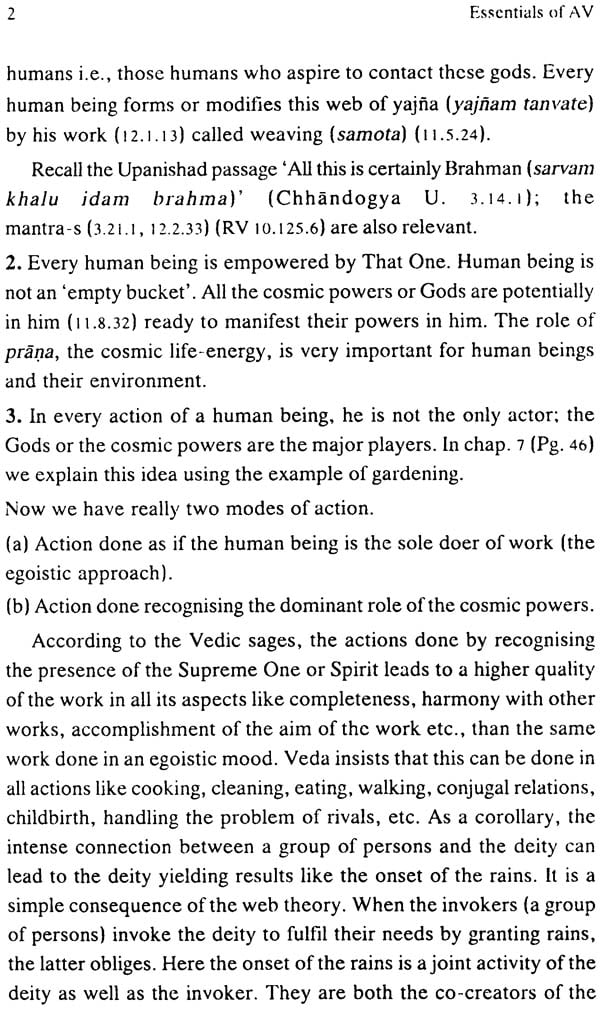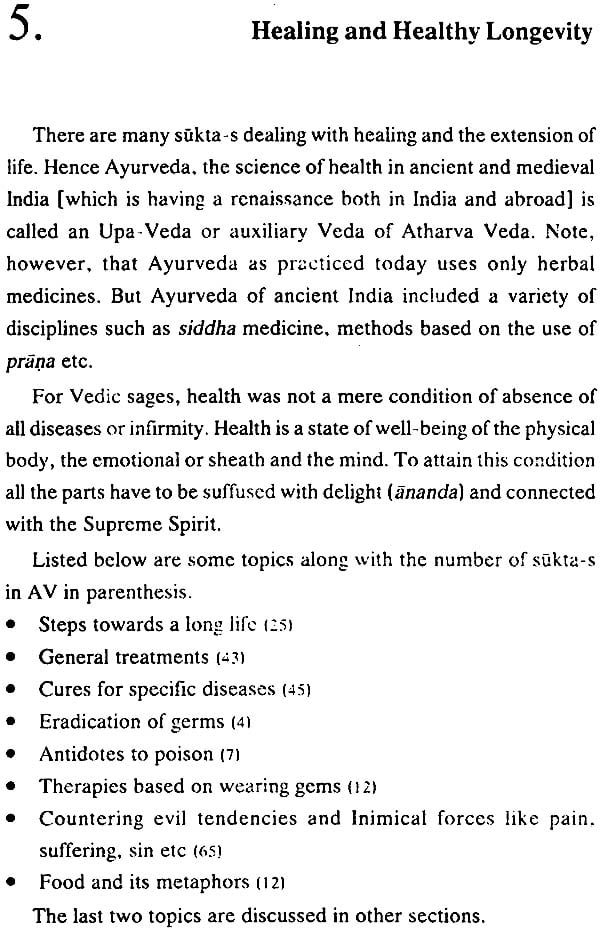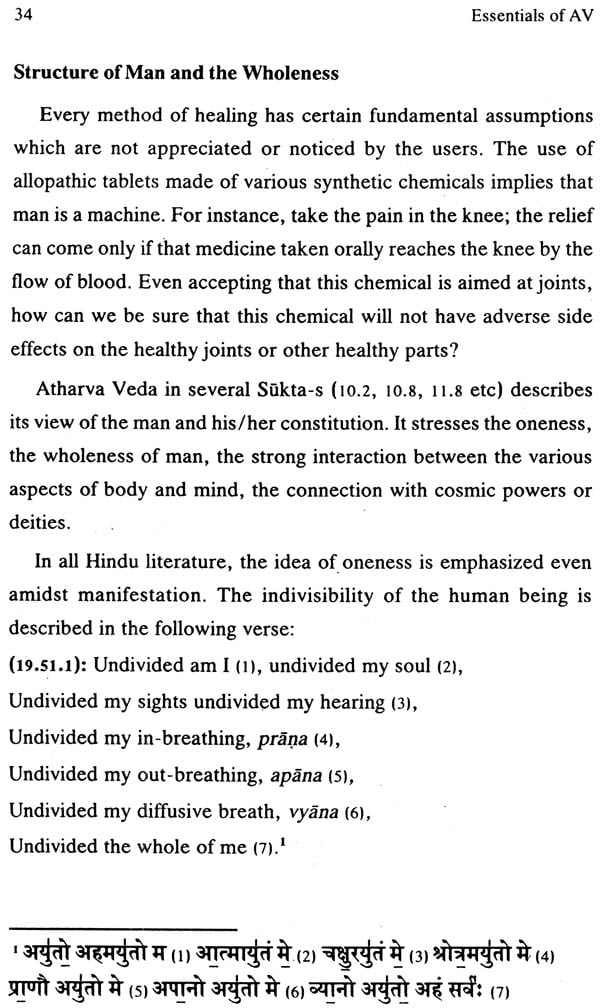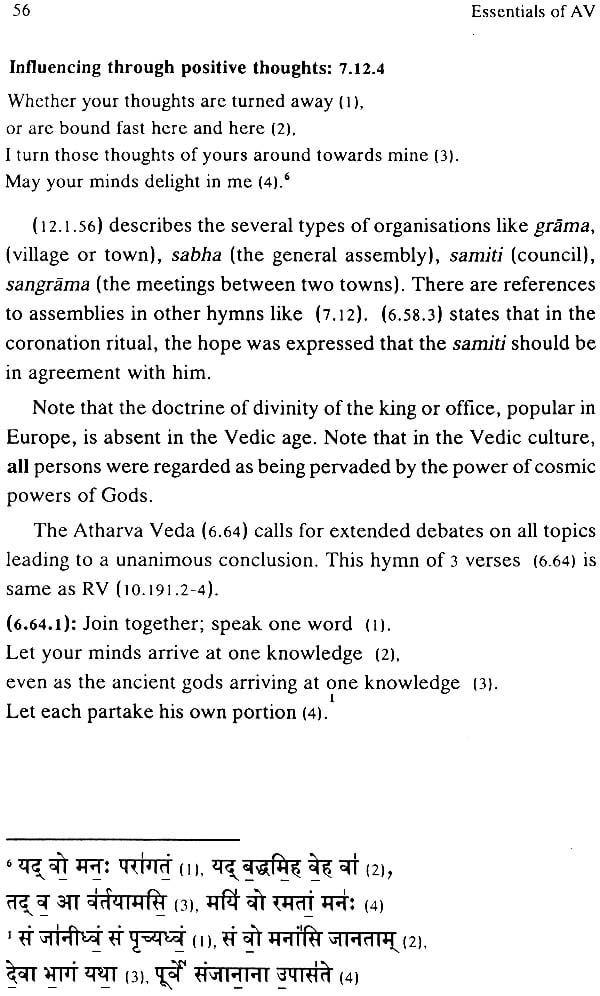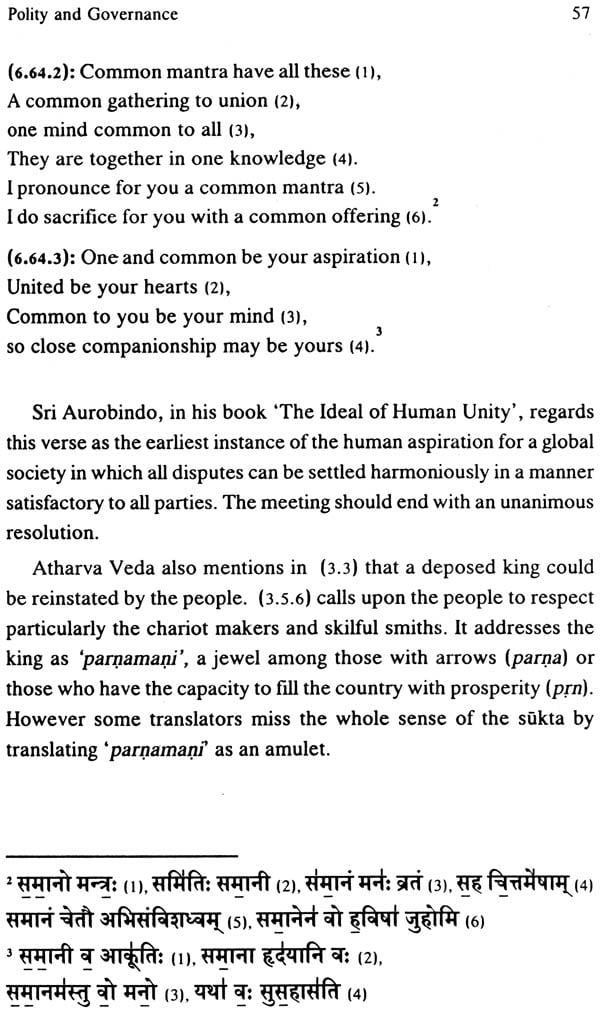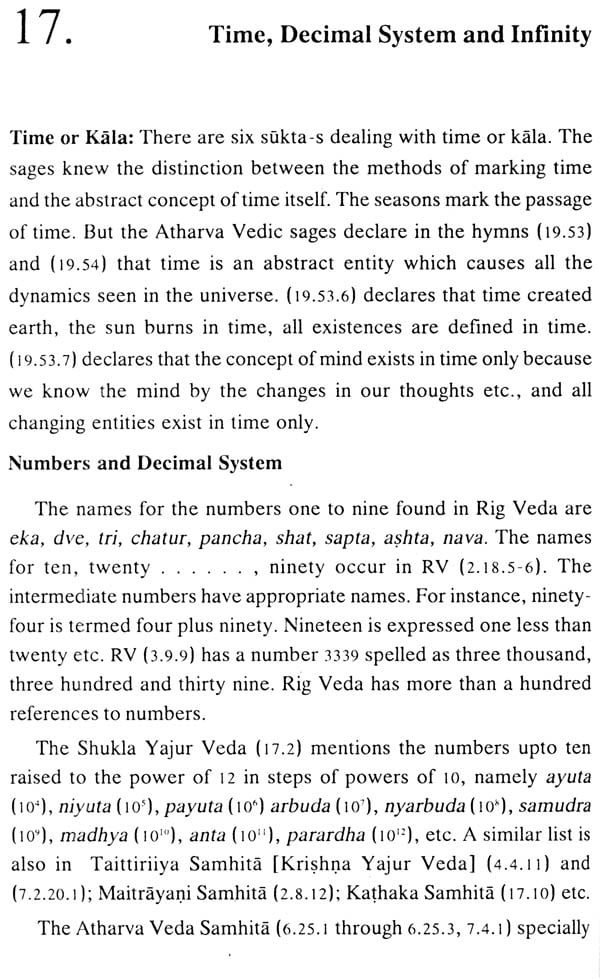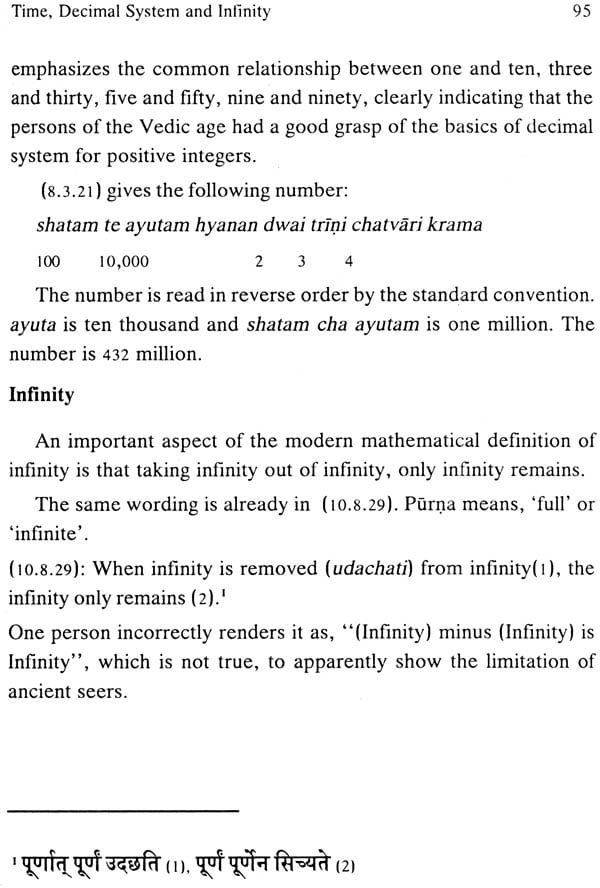
Essentials of Atharva Veda
Book Specification
| Item Code: | NAF136 |
| Author: | R. L Kashyap |
| Publisher: | Sri Aurobindo Kapali Sastry Institute of Vedic Culture |
| Language: | English |
| Edition: | 2010 |
| ISBN: | 8179940209 |
| Pages: | 146 |
| Cover: | Paperback |
| Other Details | 8.5 inch x 5.5 inch |
| Weight | 170 gm |
Book Description
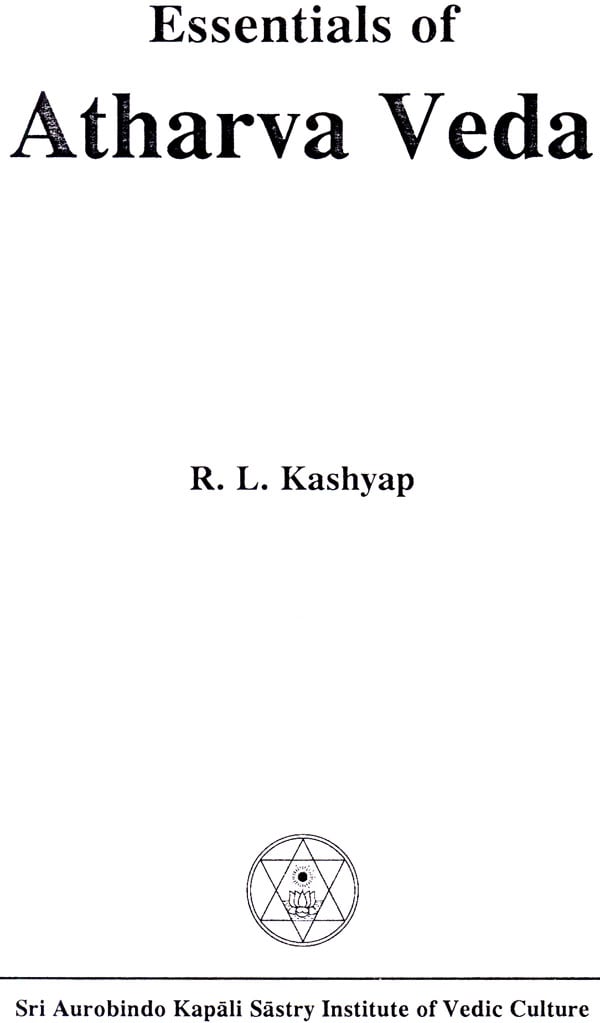
Dr. R.L Kashyap
Dr. R. L. Kashyap is Professor Emeritus of Electrical and Computer Engineering at Purdue University, Lafayette, Indiana in USA. He had his Master's degree from Indian Institute of Science, Bengaluru and obtained Ph.D. from Harvard University. He is the recipient of many International awards. In 2003 he has received 'Vedanga vidvan' award instituted by Maharshi Sandipani Vedavidya Pratlshthan (Ujjain), an autonomous body of HRD, Govt. of India.
He has authored more than 350 research articles of which 220 are published in scholarly journals and the rest were presented at conferences. He has guided above 50 doctoral students.
He has written extensively on Veda. Some of his widely read books on Veda are Krishna Yajur Veda Taittiriya Samhita (3 Volumes) Rig Veda Samhita (12 Volumes), 'Why Read Rig Veda Rudra mantras 'Essentials of Rig Veda Essentials of Yajur Ved Essentials of Sama Veda Work, Enjoyment and Progress
He is the Honorary Director of Sri Aurobindo Kapali Sastry Institute of Vedic Culture, Bengaluru.
The aim of the book and others in this series is to introduce the eternal wisdom contained in the four Veda Samhitas and explain its relevance for the modern age. We focus on the concerns of the Youth regarding the study of Veda. A typical young person has little interest in the Veda Since He/ She associates Vedas with the routine religious rituals. Telling him/ Her That the Veda is our ancient book and the backbone of our culture makes little impression.
The Modern youth clearly like enjoyment but they are also keen on developing their own their own innate potentials unique to each individual They are dimly aware that enjoyment and work have to go hand in hand some of them are aware that society or family can offer little help if they do not care to develop their own talents. They are all by and large highly utilitarian Many of them can see the hollowness behind the popular slogans such as abolish poverty worship the dams as temple all of our problems such as inability to read or write are caused by society ets. So they ask what can the Veda do for us for instance some of them ask why so many student fail in examinations. They accept some student do the study enough. But they the student have never been taught how to develop fundamental skills like will power memory inspiration clarity of thought recognition of the Joy in the Work and the need for awareness while doing all actions at all times.
This book and the associated publication are designed to introduce the student to the Vedic Methods of developing will power memory inspiration clarity of thinking ets. And method of doing work and studying which brings in joy instead of being regarded as merely boring.
In the first edition of Essentials of Atharva Veda only English translation of quoted mantras were given. And the text of mantras was covered in a complimentary book titled Wisdom of Atharva Veda Now both the books are combined in this revised edition
AV Contains a large number of hymns dealing with health. Healing herbs and longevity . Since a separate Saksi book on these topic is in preparation the coverage is brief.
The first two editions of Essentials of Atharva Veda and the Kannada Version sold out in a relatively short timespan. Now the Marathi and Malayalam edition are also available. The readers and Veda lovers have expressed that the Veda Knowledge given in this format is helping them to understand the profound Knowledge of rishis and to read harmonious life.
| I | Welcome Note | IV |
| II | Abbreviations | VI |
| 1 | Why Read Atharva Veda | 1 |
| 2 | An Overview Chapter Summaries | 5 |
| 3 | Words of Wisdom Subhashita's | 10 |
| 4 | Vedic Education | 18 |
| 5 | Healing and Healthy Longevity | 33 |
| 6 | Peace Bliss and Abundance | 43 |
| 7 | Gods and their Psychological Power | 46 |
| 8 | Inner Yajna | 51 |
| 9 | Polity and Governance | 54 |
| 10 | Protection in Conflicts Inner and outer | 60 |
| 11 | Selection on spouse and Marriage | 62 |
| 12 | Family Life | 68 |
| 13 | Vastu Home and its Construction | 75 |
| 14 | Professions and Caste | 80 |
| 15 | Food Ray Cows and Horse Symbolism | 84 |
| 16 | Rain | 91 |
| 17 | Time Decimal System and Infinity | 94 |
| 18 | Spiritual and Philosophical Hymns | 96 |
| 19 | The Hymn to the Earth | 103 |
| 20 | Conclusion | 126 |
| Appendices | ||
| 1 | The Sanctity of A V and the Negative Views | 127 |
| 2 | Various Topics and Sukta numbers | 131 |
| 3 | Mantra's Quoted in this book | 136 |
| 4 | Transliteration Scheme | 137 |

